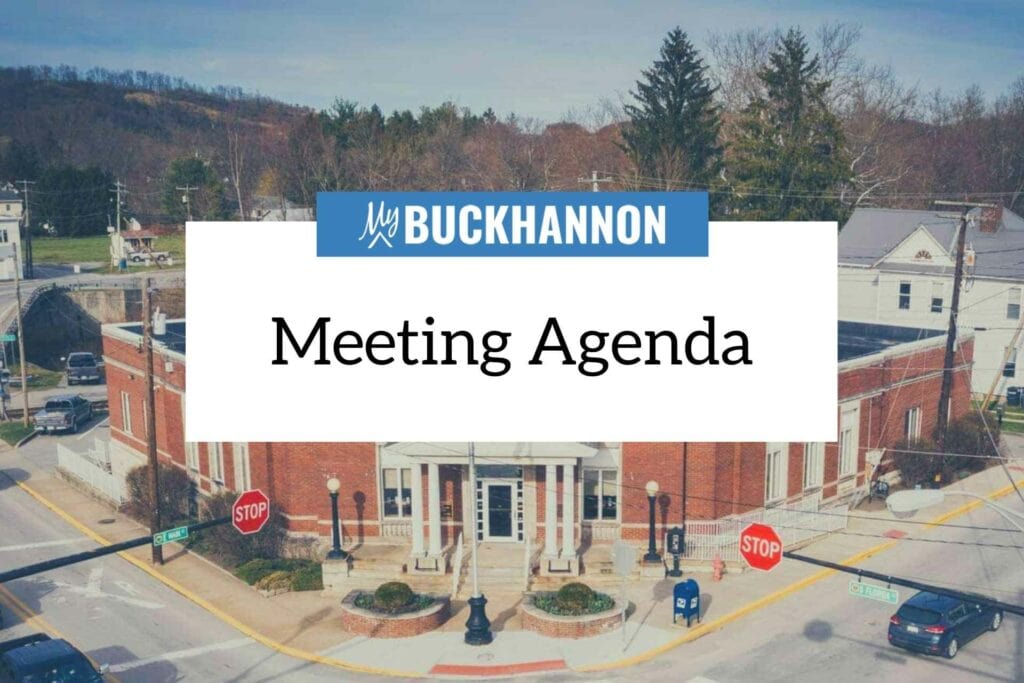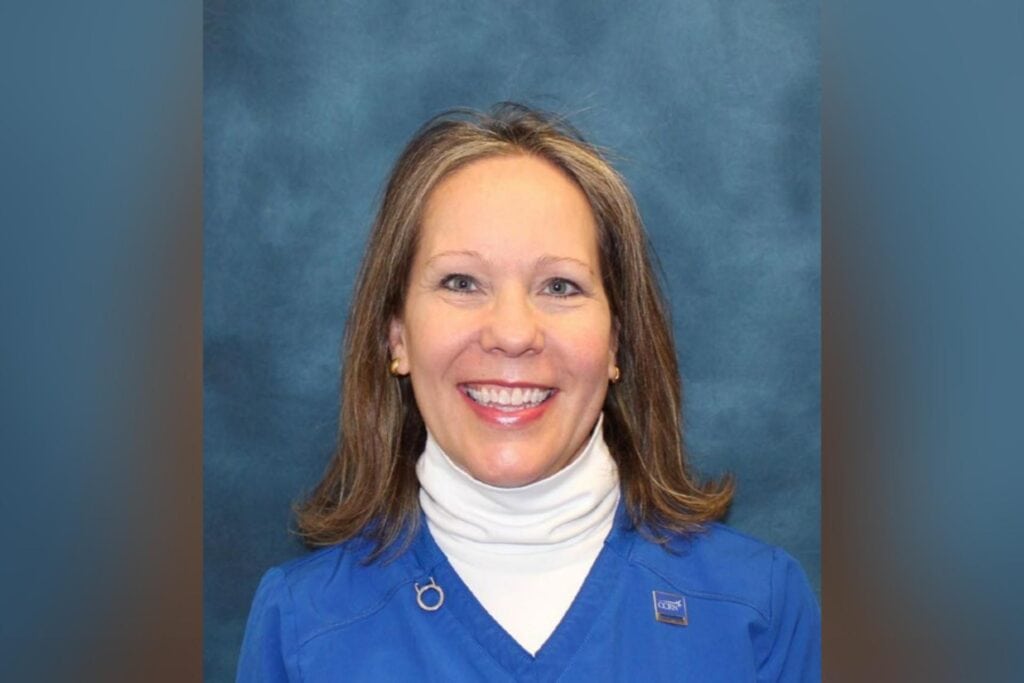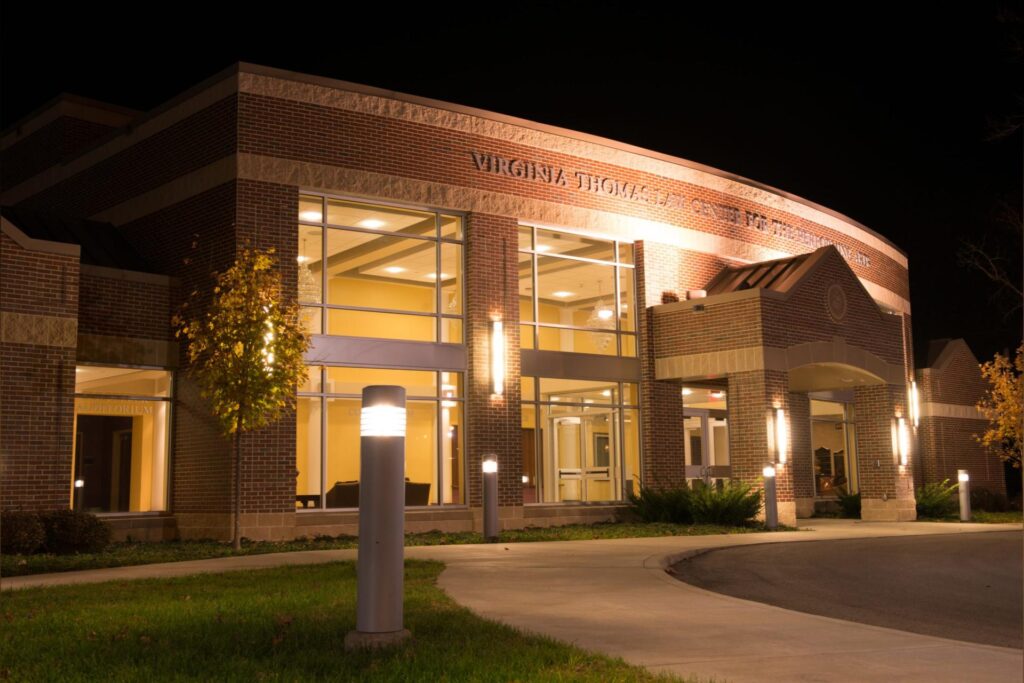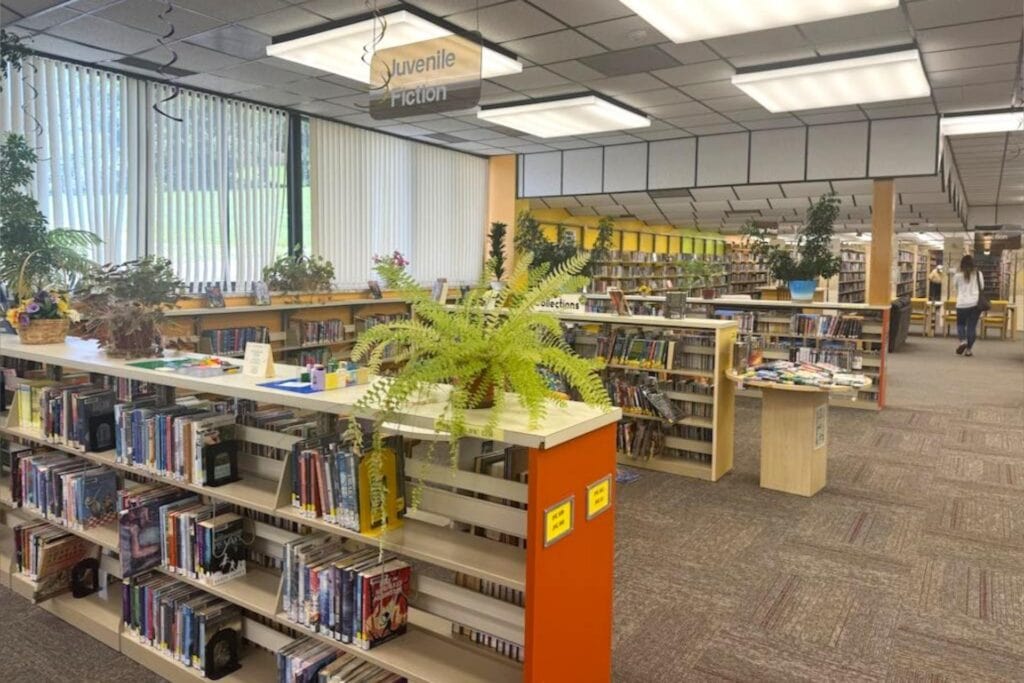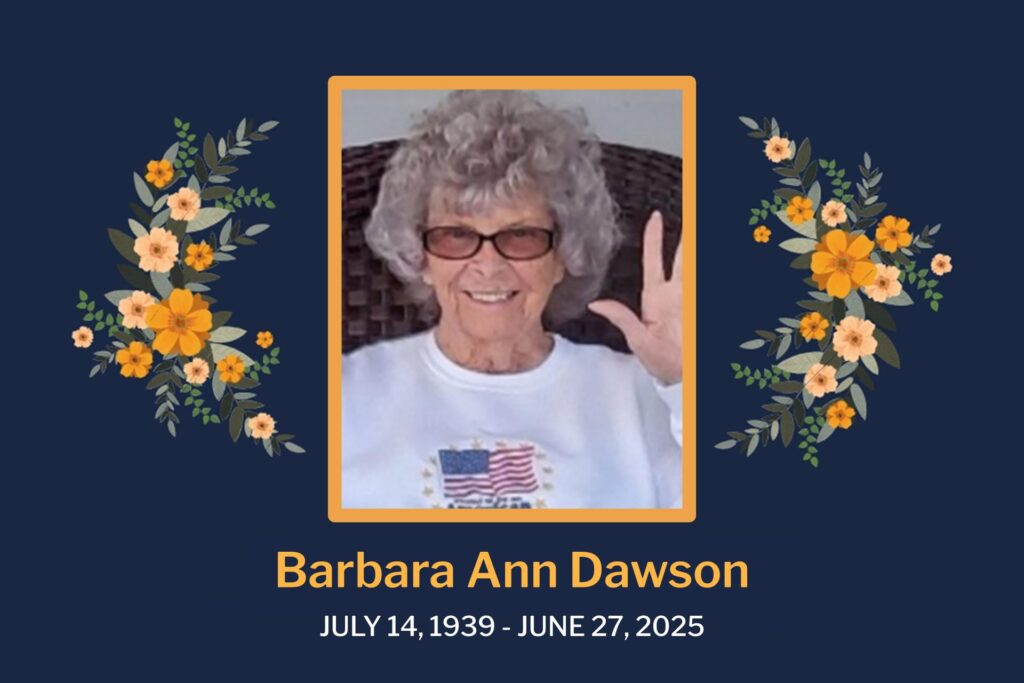To keep miners safe, a West Virginia University researcher is creating a training program that uses augmented reality headsets to prepare workers to operate around high-risk vehicles.
“Powered haulage” vehicles like dump trucks and front-end loaders account for nearly 50% of all mining-related deaths, partly because they offer such limited visibility. In response, WVU mining engineer Deniz Tuncay is enabling powered haulage operators and miners to enhance their awareness of blind spots and their ability to identify hazards with his augmented reality training technology, which will project blind spots directly onto the trainee operator’s surroundings.
The research is supported by more than $173,500 from the U.S. Department of Labor Brookwood-Sago Mine Safety Grants Program, which honors the victims of mine disasters in Brookwood, Alabama, and Tallmansville, West Virginia, with funding for training to make mine conditions safer.
Tuncay, assistant professor at the WVU Benjamin M. Statler College of Engineering and Mineral Resources, said in West Virginia, specifically, powered haulage has been the top cause of fatal mining accidents for a decade.
“West Virginia has experienced an average of nearly four fatalities per year over the past 10 years, the highest rate nationally. We need a way to train operators and mine personnel in scenarios that would be dangerous or impossible to replicate in the real world,” he said.
“Augmented reality seamlessly integrates 3D digital content into real-world environments, so trainees can virtually interact with mobile equipment, observe blind spots and practice responding to hazards in a highly controlled, risk-free setting. For safety issues related to visibility, augmented reality training is ideal. It can transform safety training and operational practices — and ultimately reduce fatalities and injuries in the mining industry.”
The game “Pokémon Go” is an example of augmented reality software that inserts digital avatars into the real world as viewed through the camera of a user’s cell phone. A miner taking an augmented reality training in a classroom might put on a headset that would highlight which parts of the classroom would be in the miner’s blind spot if the miner were operating power haulage equipment, for example.
Tuncay said even though the age demographic of the mining industry is getting older, with more than half of U.S. miners now over 45, in most serious accidents caused by powered haulage, the victim has less than a year of total job experience. Augmented reality’s ability to visualize complex environments is ideal for miners like these, who are still developing situational awareness and mastering safety protocols.
“Our primary targets for the trainings are miners with low experience,” he said. “We’ll test our modules on WVU students, who will also be inexperienced operating these machines and of similar ages to early-career mine workers. We’ll also test on more experienced subjects and compare the effectiveness of our approach across the groups.”
Tuncay will develop the augmented reality simulations based on diagrams, many published by the National Institute for Occupational Safety and Health, that provide visual representations of blind areas for common surface mine equipment models like rear dump trucks, backhoe loaders, dozers, graders and excavators. He’ll also enable mine operators to generate blind-area diagrams customized for their own equipment.
Recognizing that conventional vocational trainings often fall short in high-risk settings like mining, Tuncay turned to augmented reality as a safe, effective platform for recognizing hazards and practicing responses. He said augmented reality bolsters learning and information retention by allowing trainees to actively interact with virtual environments that replicate complicated, risky conditions.
“Augmented reality’s accessibility is growing as the hardware costs drop, and it’s going to be an integral part of the future of education and training. There’s already promising evidence from industries like manufacturing that augmented and virtual reality systems boost training efficiency and safety outcomes. The benefits range from reduced training costs to improved worker retention.”
Tuncay will work with Vladislav Kecojevic, professor of mining engineering, and Amy McBrayer, teaching assistant professor, to develop the modules, which will offer not only augmented reality simulations, but video and audio narrations, quizzes, questionnaires and data analytics that track trainee progress, performance and engagement. The team will also incorporate tutorials supporting trainers who may have limited experience with the technology.
“These trainings will be tailored to the specific challenges of a number of different mining operations,” he said. “Mining Engineering at WVU has strong ties with more than 20 Appalachian mining companies, and we’ll engage with them to make sure we’re aligned with industry needs and directly addressing the root causes of these powered haulage accidents.”







